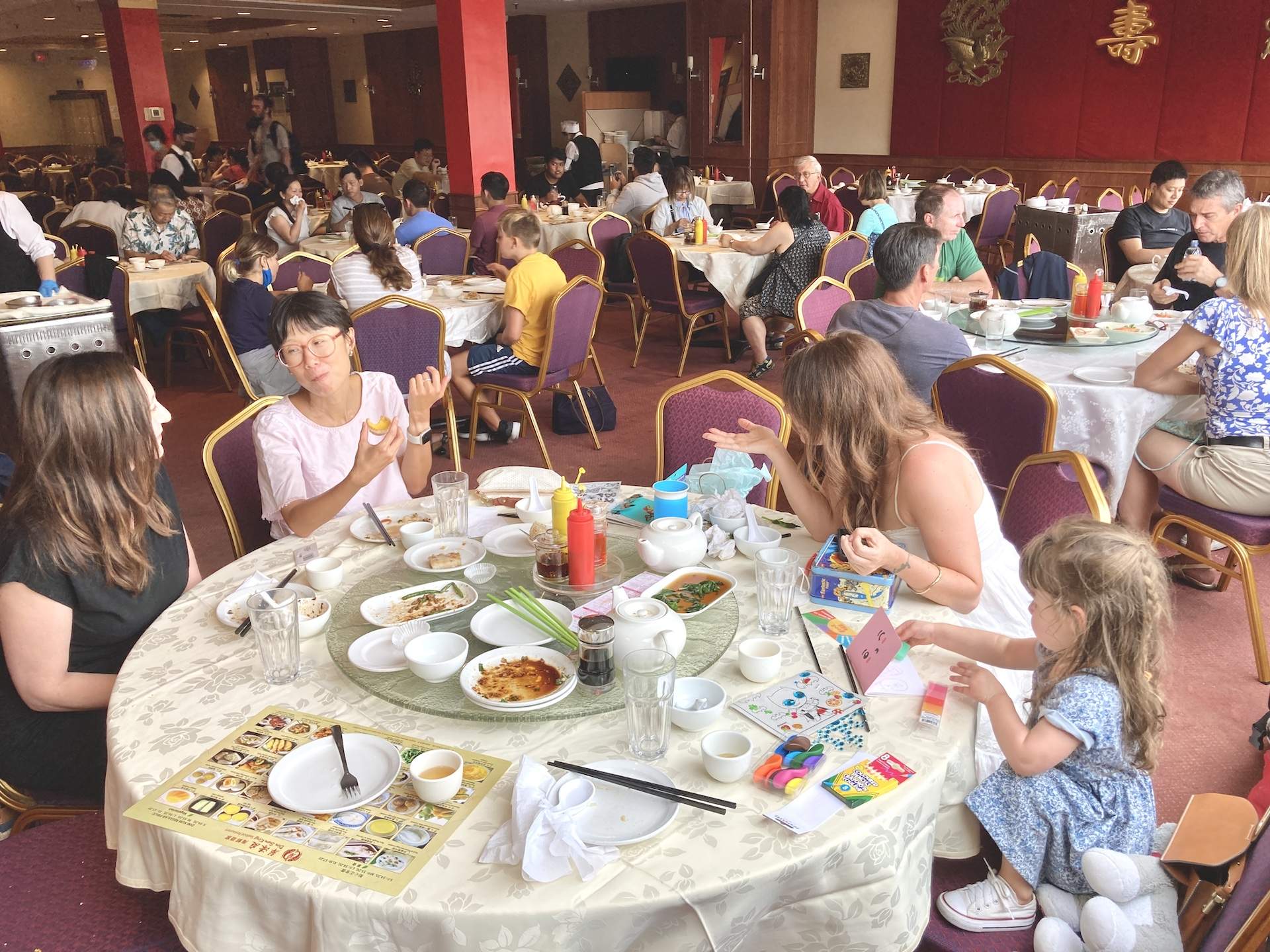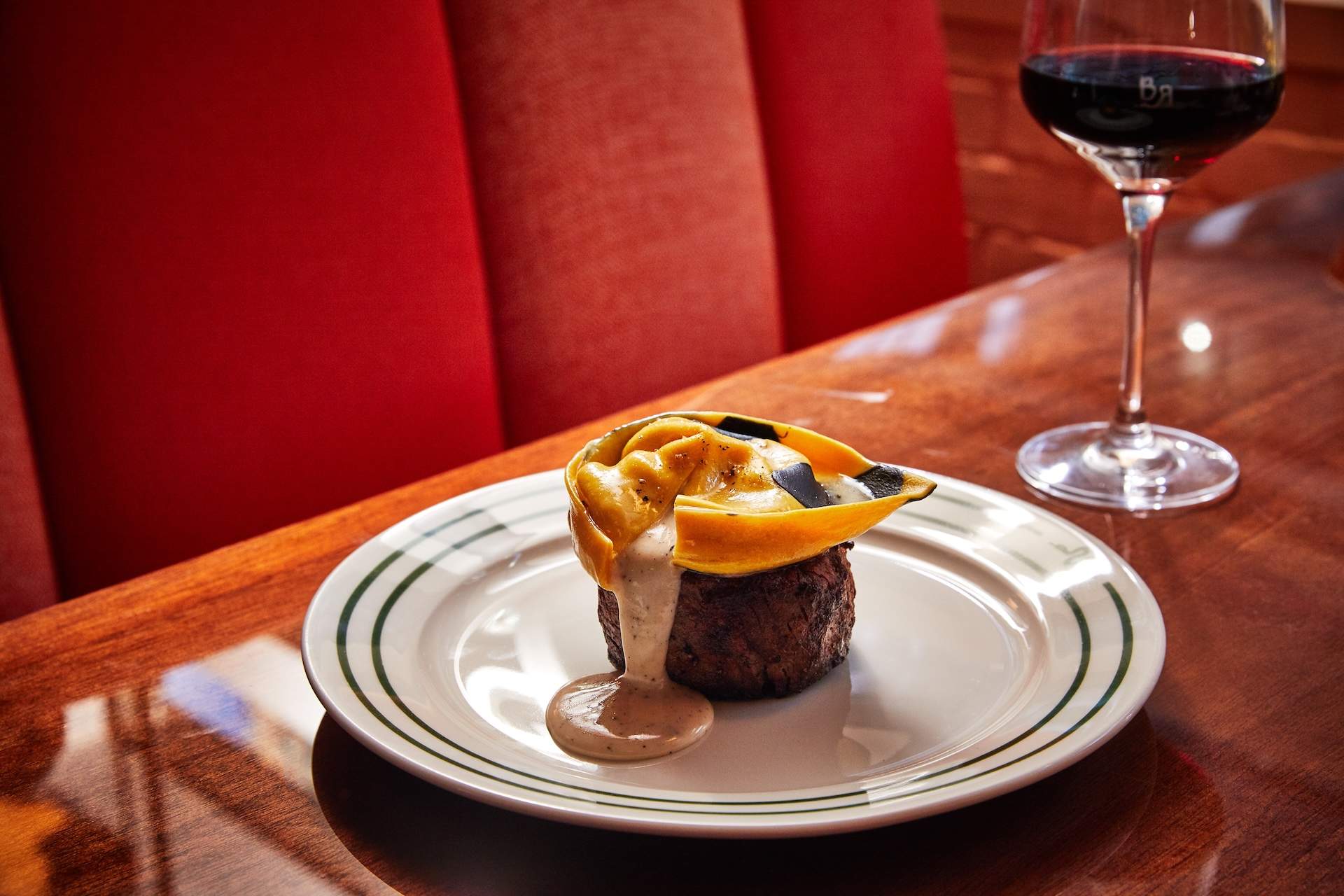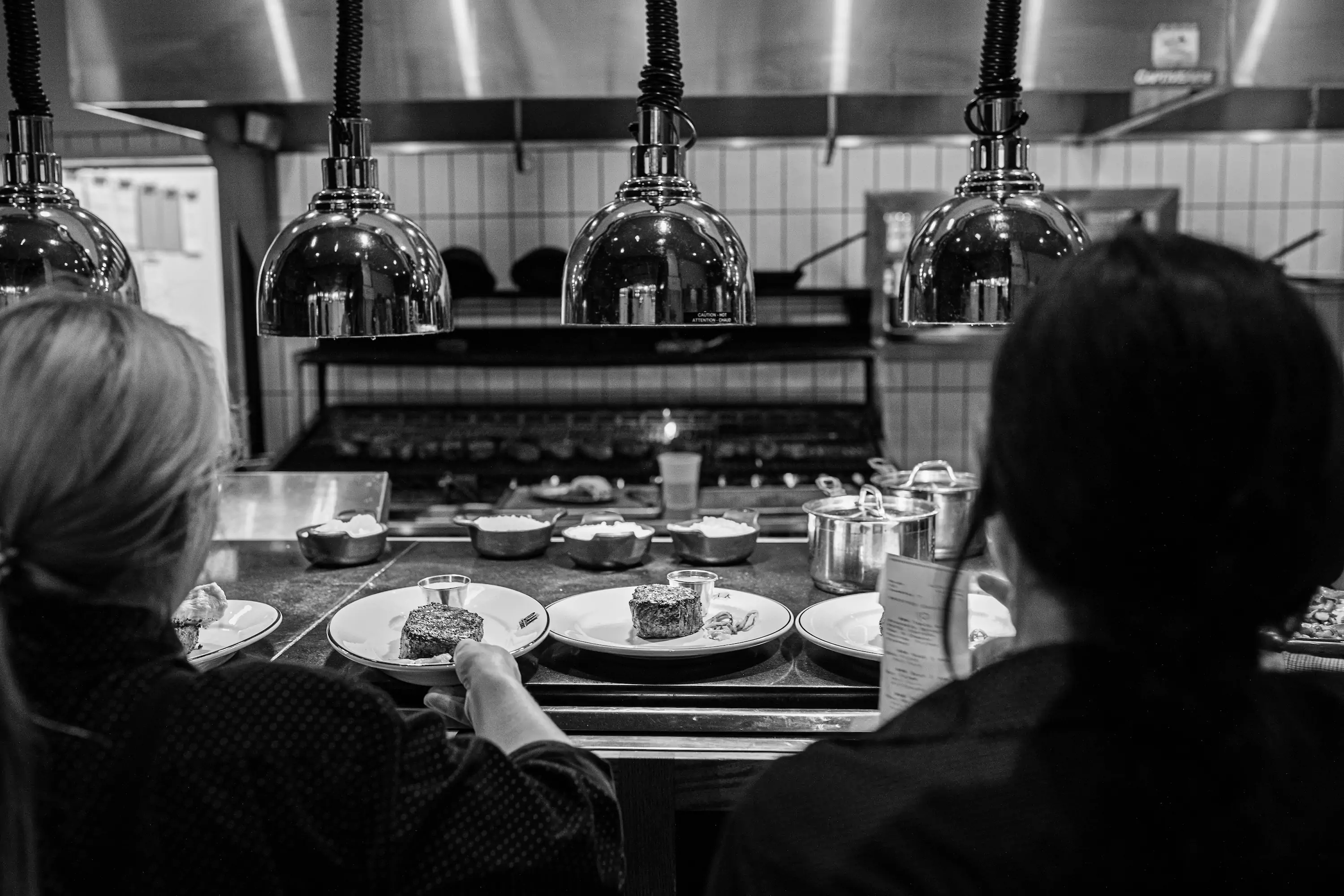If you owned a restaurant in April 2020, you remember that there was a feeling that everything was going to end. Despite the common belief that restaurants should have at least three months of operating capital, most operators could barely make one payroll and faced insolvency within weeks. In the months that followed, there was near unanimity in the refrain that restaurants must change: that we would not and could not return to business as usual post-pandemic.
We’re not talking about any change as abstract as eating vaporized bugs in employee-owned virtual spaces, but ideas that have nevertheless long been seen as radical science fiction within the hospitality world. These reasonable changes include paying staff a living wage, diversifying revenue streams, a fair distribution of tips, and prioritizing the physical and mental health of workers, particularly by divesting kitchens of a fear-based management style.
But to get there, restaurants will have to dispense with the toxic, age-old mantra: The customer is always right. Sadly, customers remain the biggest challenge for restaurants hoping to redefine themselves. Hospitality leaders and restaurant owners I’ve spoken with are interested in change. They believe it is necessary. But they fear diners will not accept it or refuse to pay for it.
Like the man with the hammer who sees every challenge as a nail, I never met a restaurant problem that couldn’t be blamed on diner entitlement. However, that way of thinking was bred by generations of restaurateurs telling customers that their needs and whims supersede everything else.

The restaurant industry remains volatile because it has allowed the “customer is always right” attitudes to persist. Communicating the reasons for the restaurants of the future—Why is the menu shorter? Why is there a water station instead of table service? Why have prices risen? Why is there a service charge in place of “voluntary” tipping?—is a daunting, but necessary task.
It’s also up to us as diners to listen. We too must discard the entitled attitude that paying money for food and service makes us right; that it places our needs above other people’s safety (or profit margins).
Instead of adopting these changes, many in the industry seem to be reverting to the status quo. Last year, some were blaming workers for the labor shortage after ignoring staffing problems for more than a decade (the phrase, “no one wants to work anymore” has a long history of being invoked by employers who actually mean, “no one wants to work for me, for the wages I’m paying”). Some owners were quick to abandon efficient QR code menus because diners still prefer paper ones, despite our reliance on phones for everything nowadays.
We can’t go back. Not after two years of pain, ruin, and heartache. It would be a tragedy on top of a catastrophe. So, where do we go from here? Many in the industry are touting ghost kitchens—delivery only restaurants with no seating and short leases—as a cost-effective strategy for established brands to expand their footprint, but first-time entrepreneurs will find it hard to make a stamp in a digital marketplace.
But I see much more potential in the limited-service model—where diners order at the counter and get their own water, but food is brought to the table—and getting away from the 18-ingredients-on-a-plate, tweezer-food style of dining (few sights, short of infestation, will banish my appetite more than tweezers). A shorter menu and/or counter service means restaurants have that much more time to take care of their employees.
It’s hard to change horses midstream. But consider this. Dame in New York only opens Monday to Friday so workers can have a social life. Chicago’s Parachute took its signature bing bread off the menu because it put too much pressure on the kitchen. Reem’s in San Francisco is transitioning to a worker-owned model. These and many more restaurants are changing their relationship with diners (“What do you mean I can’t get a table on Saturday?!”) in order to be businesses that value everyone.
The “restaurant industry” tent must now include a group bigger than just owners and operators. I’m referring to all stakeholders, from line cooks to bartenders, from the regular eaters that restaurants depend on, to the scavenger-hunt diners who chase the latest social media fads. Because if restaurants, which comprise roughly 4.5% of America’s GDP, continue to be seen and operate as fiefdoms, they will lose any ground gained, any thin, silver lining, from the pandemic. Boldness and solidarity, such as the audacity to tell diners that they can’t have everything and anything they want, at the instantaneous and crushing pace set by Amazon, must replace the antiquated strategy of pricing entrees one dollar less than the competition.
Corey Mintz, is the author of The Next Supper: The End Of Restaurants As We Knew Them, And What Comes After (Public Affairs, 2021) is a food reporter focusing on the intersection between food with business, politics, farming, ethics, land use, labor, education and culture.



